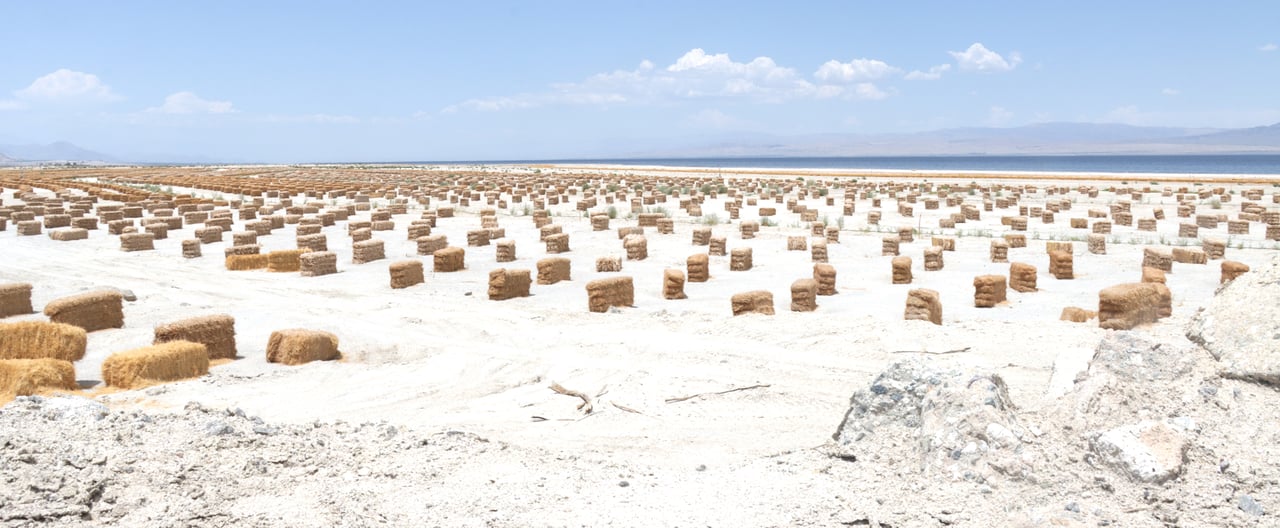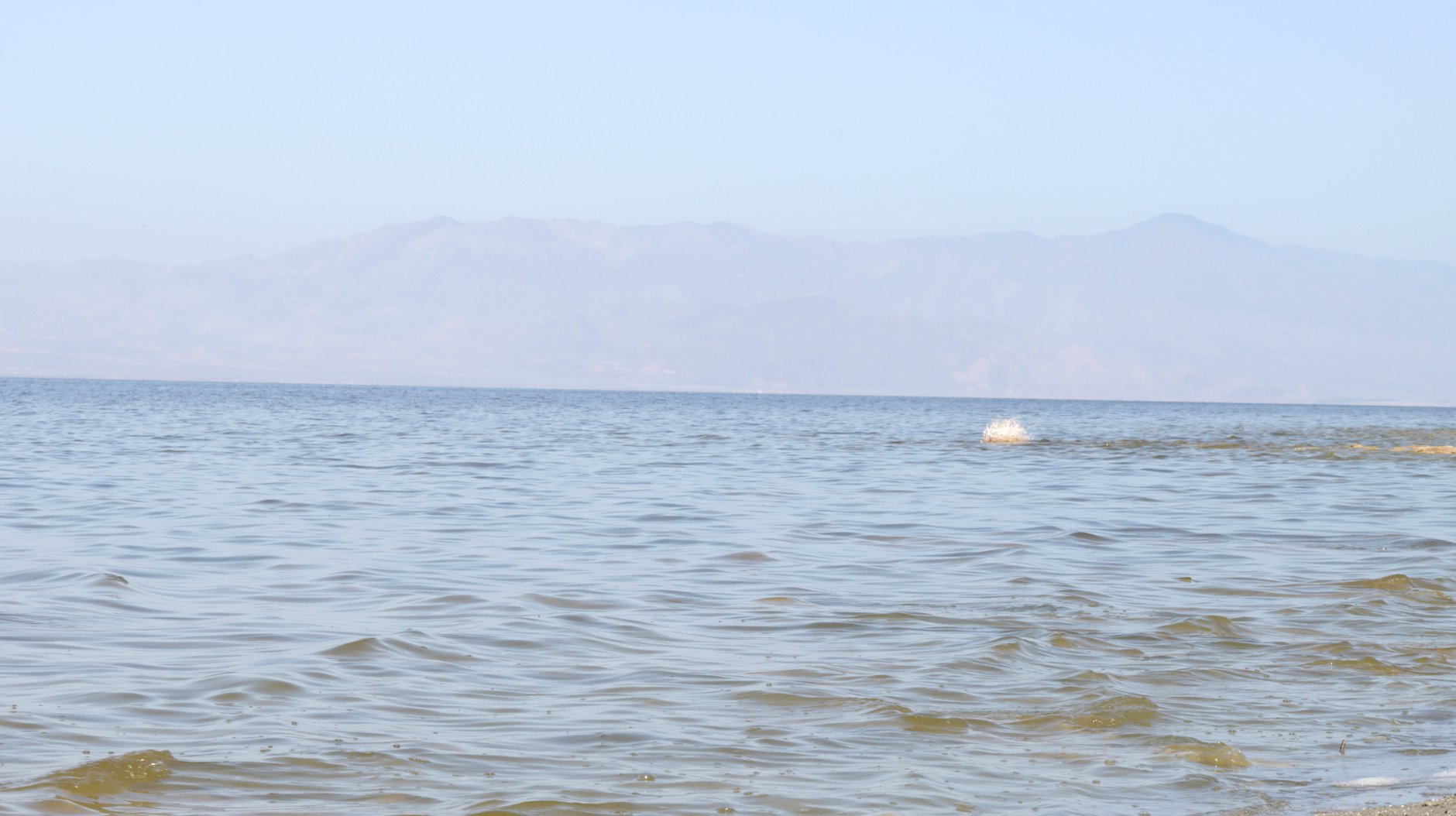BOMBAY BEACH, Calif. (CN) — Sonia Herbert of Bombay Beach wants people to know that California’s Salton Sea isn’t all dystopian sunbaked abandoned homes, poverty, ominous toxic dust and decaying nostalgia. It’s also a place where people live and find beauty around the mirage-like lake in the desert.
“There’s an energy here that people feel,” Herbert said.
Over millions of years, the changing course of the Colorado River has cyclically flowed into a large basin in Imperial County and parts of Riverside County and Baja California, creating a large inland sea called Lake Cahuilla that supported the Cahuilla, Kumeyaay and Cocopah indigenous communities. When the river changed course, the lake would evaporate, and the cycle continued.
In the early 20th century, when the lakebed was dry, engineers attempted to build an irrigation canal to take water from the river into the valley to feed the growing demands of the burgeoning agricultural industry, but floodwaters breached the canal and flowed into the dry lakebed, creating the current Salton Sea in Imperial and Riverside counties.
As the agriculture industry grew, farm runoff fed into the sea and kept it from evaporating. In the 1950s, the state added fish from the Gulf of California, since the waters in the sea were almost as salty as the ocean, to create a sport fishery. The fish attracted migratory birds who needed a place to rest and eat as California drained wetlands and marshes for development. The birds in turn attracted birdwatchers, which attracted capital in the 50s and 60s, leading to resort towns along the sea like Bombay Beach that attracted Hollywood. Meanwhile, the water got saltier and saltier – even saltier than the ocean – and more contaminated with pesticides, causing greater numbers of fish and then birds to die.
In 2003, the Imperial Irrigation District signed a massive agreement to send more water from the river to cities on the coast, with plans for projects to conserve the sea. At the same time, the agriculture industry was under more and more pressure to conserve water because of drought, causing less water from runoff to get to the sea. That contributed to the sea receding, exposing toxic dust from the lakebed containing selenium and DDT that now drifts with the winds around Southern California.
But thousands of people still call communities around the sea home.

Until recently, Herbert was the owner of the Ski Inn, a bar and restaurant in Bombay Beach where everyone hung out, from locals to international tourists and artists drawn to the sea, to people coming into town to destroy things under the impression that the community is an abandoned open-air rage room.
But lately the energy that’s been drawing some of the richest and most powerful multinational corporations and politicians to the sea is lithium, the main component of the batteries that power electric cars. The state calculates that deep beneath the sea lies one-third of today's worldwide demand for lithium, and with it billions of dollars in potential revenue.
Recently, Herbert said, the community was offered to put up a sign welcoming people to “Lithium Valley,” the name given to the area by a state commission which studied extracting the mineral in the county, to draw comparisons to the famous Silicon Valley technology hub in Northern California. But the community decided not to put up the sign.
Even though most people are supportive of lithium extraction and what the industry could do to provide jobs, boost local commerce and provide tax revenue for vital social services, Herbert said the community wants to give the industry time to prove that they’re willing to share the benefits of this new gold rush, not just talk about it.









